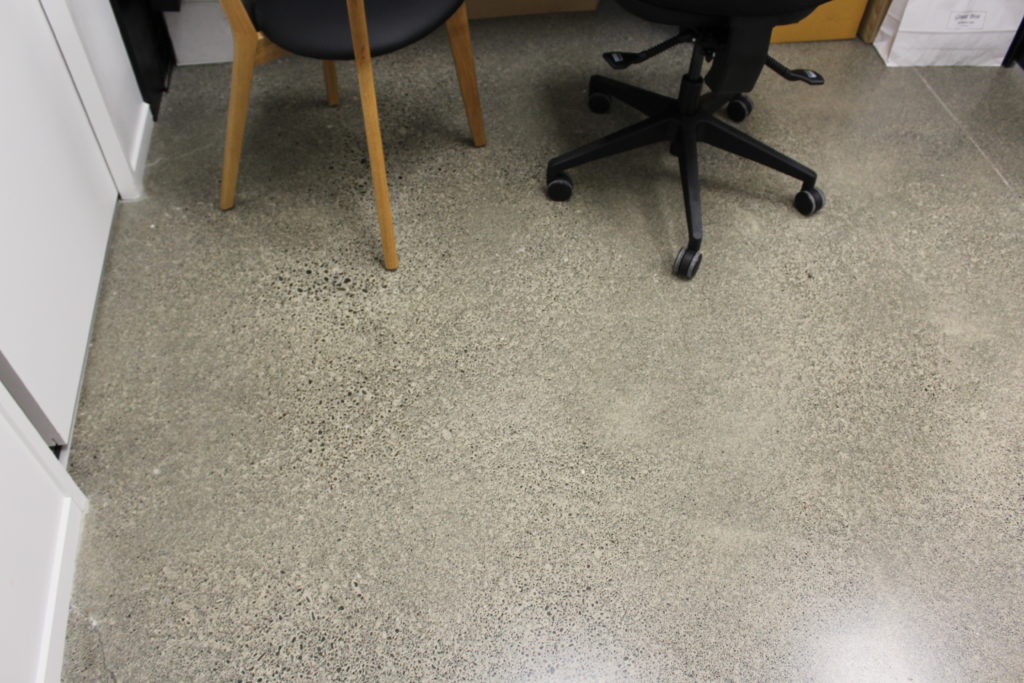

Rigid stains and substantial roughness may call for medium-grit sandpaper, such as 120. In most cases, a 220 grit should suffice. Another option is a sanding sponge for the grouts on your shower and kitchen tiles.Ĭhoose fine-grit sandpaper for reasonably stained and uneven grouts. You can use sandpaper on grout, manually on wall and floor tiles, or using an orbital sander between the pavers, depending on your material.

Whatever option you choose, don’t be too abrasive. You can also sand first and then use a grout cleaner for an excellent finish. You have the option to dry or wet sand grout, depending on your situation and your preference. Choose an Appropriate Sanding Method for the Grout While the grout in your pavers will have significant debris buildup, both natural and artificial, the shower and kitchen tiles on the walls and floors can also have rigid stains and protruded unevenness due to sustained use. The surface irregularities aside, you may have to sand grout to eliminate dirt and grime buildup of years, not all of which can be cleaned with regular cleaning.
#SANDING CEMENT TILES CRACK#
If you have unsanded cement with a smooth finish that is 1/8th of an inch or wider, you need to use the sandpaper with caution otherwise, you may crack or damage the grout. Wider grouts, such as those 1/8th of an inch (0.32 cm), are sanded cementitious, as these aren’t as vulnerable to cracking. Generally, tiles with a gap of 1/16th of an inch (0.16 cm) have unsanded cementitious grouts. Even modified epoxy uses cement, which requires resealing. You also need to reseal the grout after sanding if it has cement. You can sand grout but you need the right tools to get a smooth finish without inadvertently damaging the tiles. (source: Home Stratosphere – Types of Tiles for Flooring) Can You Sand Grout? Besides, there’s a risk of damaging a few types of tiles, especially if they’re glazed. The tiles on the shower walls, bathroom dados, and backsplashes in kitchens don’t always have a sufficiently wide grout between the tiles for you to use regular sandpapers, even if you fold them in half to form a slender edge. (source: Home Stratosphere – Paver Types) Therefore, it’s unwise to generalize whether you can sand and smooth your grout. These materials have varying widths and compositions of grouts. There are more than a dozen types of tiles and a score of pavers in American homes. Decide If You Can Sand and Smooth the Grout You Have
#SANDING CEMENT TILES HOW TO#
This guide explains if, when, and how to sand and smooth grout. You may refresh your tile grouts or remove the topcoat between pavers and recoat for a desirable finish. Sand and smooth grout following the best practices.Īlthough a practical option in many cases, sanding isn’t the only way to smooth grout.Get the essential sanding tools for the project.Choose an appropriate sanding method for the grout.Decide if you can sand and smooth the grout you have.Here are the steps to sand and smooth grout: In these cases, you may decide to sand and smooth grout. The surface may have uneven edges or be covered in dirt and grime. Grout in tiles or pavers is rarely flawless, be it cementitious, epoxy, or a modified variant.


 0 kommentar(er)
0 kommentar(er)
